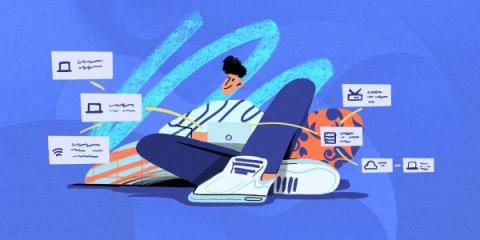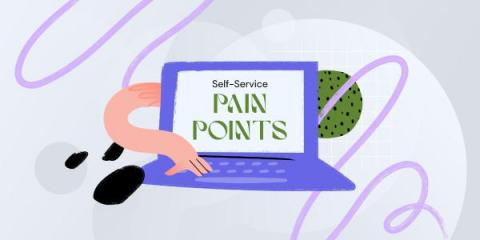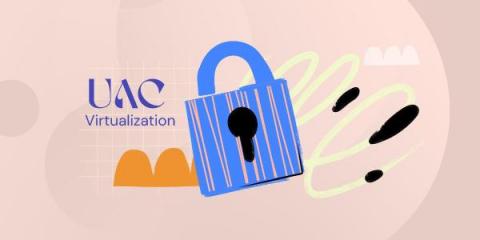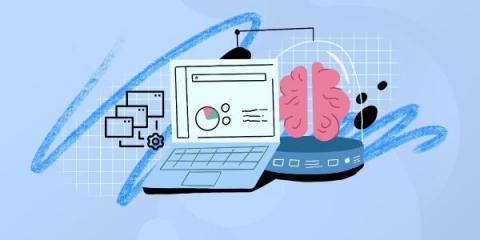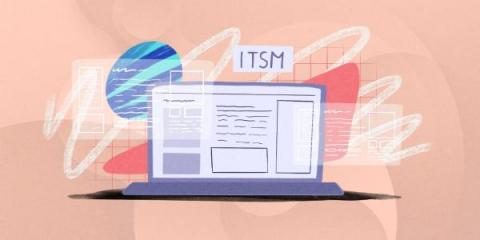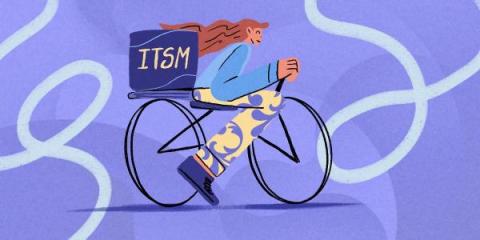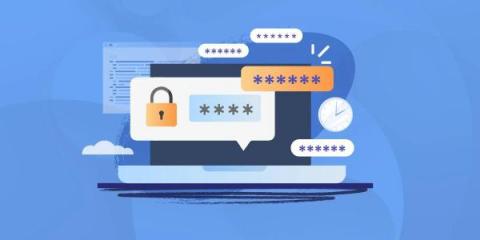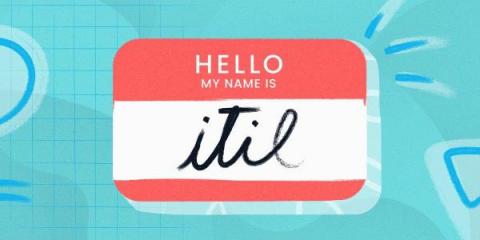How to Ensure Your Project Planning is Successful
Being at the helm of a project is both exciting and scary! If you jump straight into it without a good plan you run the risk of your voyage ending in a shipwreck. You don’t want that, nobody wants that to happen. The best solution for this is what is called a project plan. Yes, as a project manager, it sounds tempting to just go with the flow and wing it, but the dangers of not sticking to a project plan are many.




